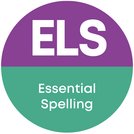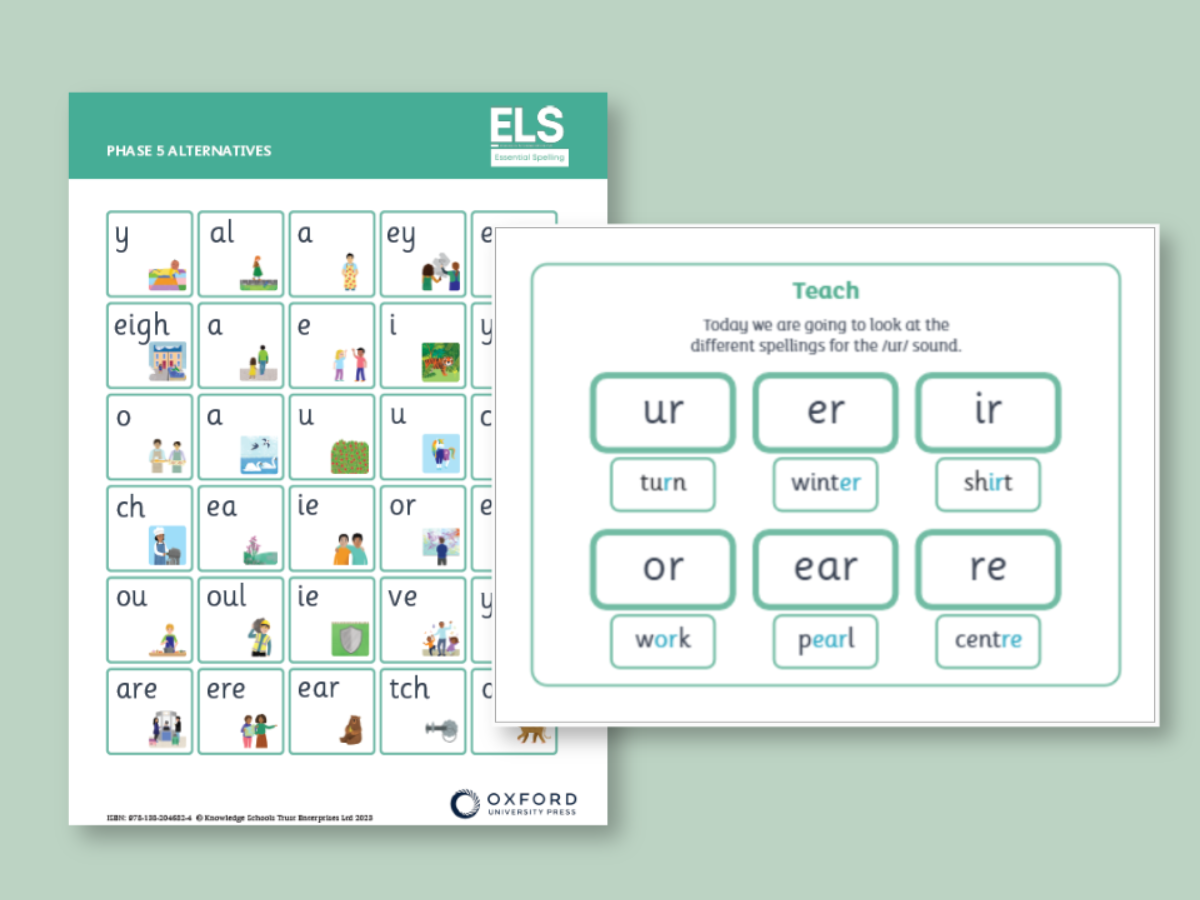As children reach the end of their phonics programme, it’s important that they move to a structured and systematic spelling programme. Children will have learned lots of skills through their phonics teaching that can be applied to spelling, but it doesn’t end there. Children need to learn strategies for spelling, in just the same way they learned strategies for reading.
ELS Essential Spelling works on the principles of give, give, give and teach not test. Just like phonics, spelling is a skill that needs to be taught. Rather than being asked to memorise a list of spellings, children need to be taught the strategies to work out how to spell words for themselves. Children can then draw on these strategies and apply them to their spelling, in much the same way as they draw on strategies learned through their phonics teaching and apply it to their reading.
There is no getting away from the fact that the spelling requirements in the Year 2 National Curriculum for England are vast. The requirements are substantial but very achievable. To make this as manageable as possible for children, it’s essential to show them how all the phonics knowledge they have acquired in Reception and Year 1 can support them with their spelling. This way, they’re not having to learn lots of new information, just being shown how to adapt, develop and apply their learning.
What do I need to know about ELS Essential Spelling?
- ELS Essential Spelling is a whole-class spelling programme taught as three sessions each week.
- The three lessons each week allow children to build upon their understanding of the sounds they have previously been taught as part of their phonics programme and gives them the confidence to use this code to support spelling.
- Content and planning have been provided for 14 weeks for the Autumn term, 12 weeks for the Spring term and 11 weeks for the Summer term to ensure that teachers can select content their class may need to review at the end of the year.
- Each lesson lasts around 20 minutes.
- There is a whiteboard presentation and a lesson plan for each lesson. The whiteboard presentation provides the structure and ensures you do not have to spend time planning or creating resources. The lesson plans provide the subject knowledge required to teach the lesson.
- At the end of each lesson, children will make an independent application of their learning. This will either be by completing the relevant page in their Apply Book, or writing a dictated sentence that uses the spelling focus from the lesson.
- For schools that use ELS as their SSP, the structure and format will be very familiar to teachers and children.
- Assessments are provided as part of the programme and should take place in Week 5 and Week 6 of teaching in each half term. The assessments have been designed to assess the most recent teaching alongside reviewing content from earlier in the programme.
- The programme covers ALL requirements set out by the Year 2 National Curriculum for England and provides the perfect solution for Phase 6.

